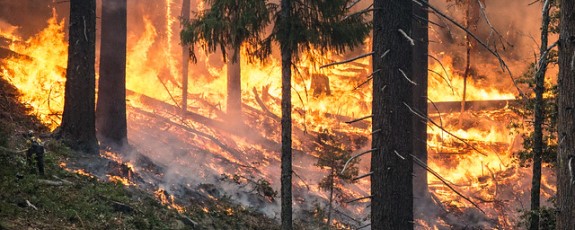Fire is a natural component of terrestrial ecosystems in the Northeast with many forest ecosystems adapted to fire. However, intense or sustained fires can have large impacts on forest regeneration and community composition. Although the Northeast is a relatively temperate region with few large fires, changing climate may bring hotter and drier weather that could result in increased fire frequency, extent and severity. Based on 44 years of data from the Fire Program Analysis (FPA) fire-occurrence database and supplemental records from the NWCG Fire-Data system, we extracted the location and size for all fires across the region.

These data show a significant increase in the number of fires annually.
However, a significant decrease in the average acres burned indicates that this change in fire frequency is driven by smaller, localized fires.Fire severity, assessed here by maximum fire size shows no significant change over time, likely due to extreme year to year variability in the occurrence of large fires.
| Data Program | Years | Org | Data Products |
|---|